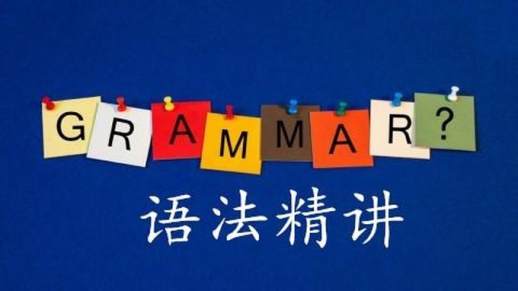同位语从句例句

同位语从句介绍
在复合句中扮演名词同位语 (Appositive) 角色的从句,称为"同位语从句"。
同位语从句的作用是为前面的名词提供更详细的说明或解释,名词与同位语从句在逻辑上具有"主体与表述"的关系。这是同位语从句和定语从句的主要区别之一。
同位语从句通常由连词 "that" 引导。根据先行名词的不同含义,还可以使用 "whether"、"who"、"when"、"where"、"what"、"why"、"how" 等引导词。先行名词通常是抽象名词,例如:"fact"、"idea"、"belief"、"news"、"hope"、"conclusion"、"evidence"、"suggestion"、"order"、"problem"、"report"、"decision" 等。
有时,出于句子长度或强调目的,同位语从句可以放置在谓语之后。例如:
The fact that he was successful proves his ability.
他成功的事实证明了他的能力。
The news that they were kidnapped surprised us greatly.
他们被绑架的消息令我们非常震惊。
The boy often asked me the question whether the work was worth doing.
那男孩经常问我,这项工作是否值得做。
She finally made the decision that she would join the fashion show.
她最终做出了决定,参加时装秀。
I had no idea how many books I could borrow at a time.
我不知道一次可以借多少本书。
The news came that their team had won the championship.
消息传来说,他们的球队赢得了冠军。
Along with the letter was his promise that he would visit me this coming Spring Festival.
在信中,他承诺今年春节来看望我。
(下期预告:限定性定语从句。敬请继续关注“友胜课堂”)

